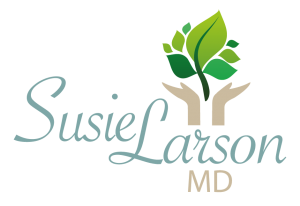Multiple people in the circles I speak to in Pleasanton, California and across the United States reflected the notion this week that they have hit a wall. We’ve been sheltering in place for what feels like forever. We recognize that this is going to be a long haul. Life has changed. It will never be the same again and we are struggling to envision the future. Dreams for summer have been put away. Even the Fall looks chaotic with some schools planning to reopen and others committed to distance learning.
Are the wheels in your mind going around and round trying to make heads or tails out of the situation? If so, don’t despair. You aren’t alone. We are in the middle of a crisis. The way out is to go forward, not backward. There is a new normal somewhere in the distance. It just hasn’t taken shape yet.
SOCIAL DISTANCING IS STILL IN PLACE
Social distancing is getting harder, but we have to keep at it. Because it feels safer to venture into stores or other public places many people are taking baby steps back into circulation. If you do that please use the following strategy to stay safe:
- Wear a mask when you are in “exposure” zones (mainly places with other people).
- Treat your home, car, and yard as safe places (no mask or gloves).
- Be on high alert on what you are doing with your hands when you are in “danger zones.” This is when you must not touch your face.
- Consider wearing gloves (even winter gloves or work gloves can be helpful) but only for short periods of time and only when in “touch exposure” danger zones.
- Remove your gloves (and mask) when you return to your safe place.
- Wash your hands every single time you take off your gloves or mask or move from a danger zone back to a safe zone.
- When you are at home and after washing up, you can relax, scratch your nose, rub your eyes and floss your teeth…without worry.
HOW TO HANDLE YOUR FACE MASK
- If you need to reuse your mask these are recommendations for handling and reusing it:
- Wash your hands with soap and water before handling your mask.
- Avoid touching the inside of the mask.
- Discard any mask that becomes contaminated with respiratory or nasal secretions.
- Wash a homemade mask regularly. Consider buying or making a second one that you can rotate through the wash after public outings.
- Store your mask in a paper bag or hang it on a hook to keep it from brushing against potentially contaminated surfaces.
- Don’t share your mask with anyone else, including close family members.
- Discard any mask you are wearing if you are exposed to a person sick with COVID.
IF YOU GET SICK
If you become sick in a way that would normally prompt you to seek medical attention go ahead and behave normally. Call your doctor or go to an emergency room. Avoidance of proper attention to medical conditions may result in a worse outcome than the potential of exposure to Sars-cov-2.
References





